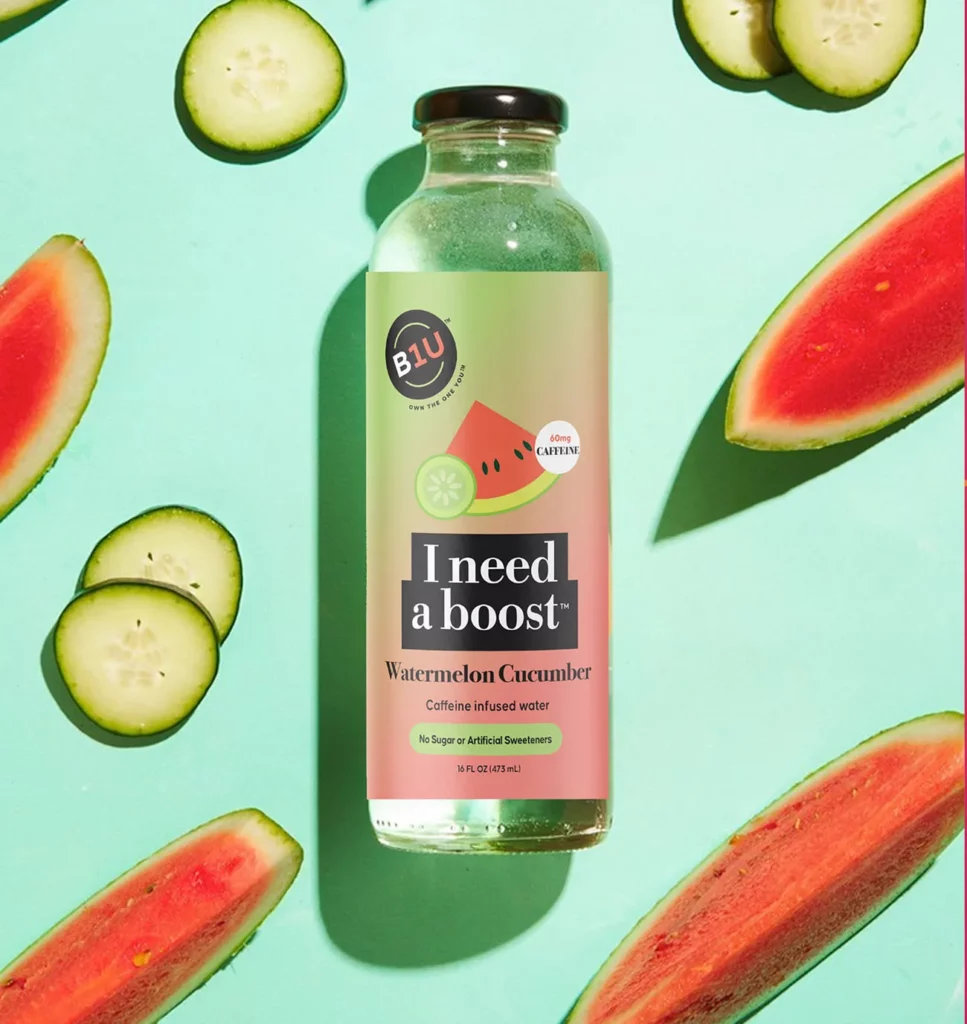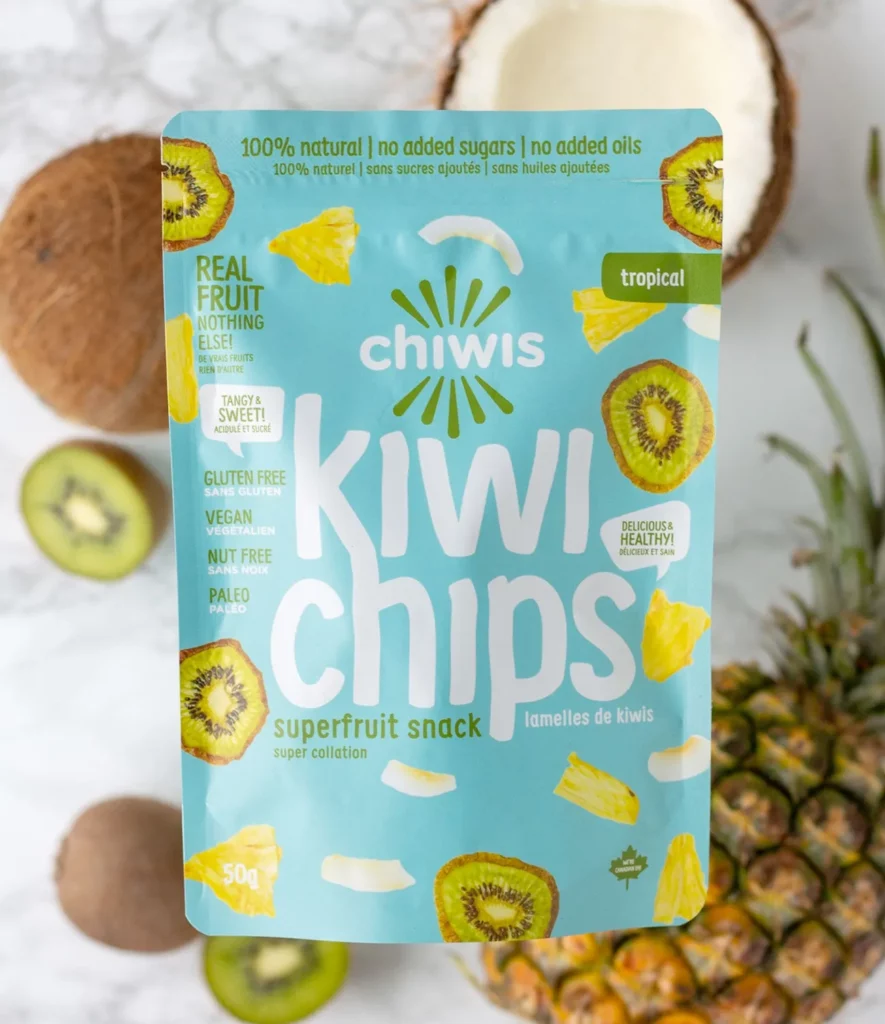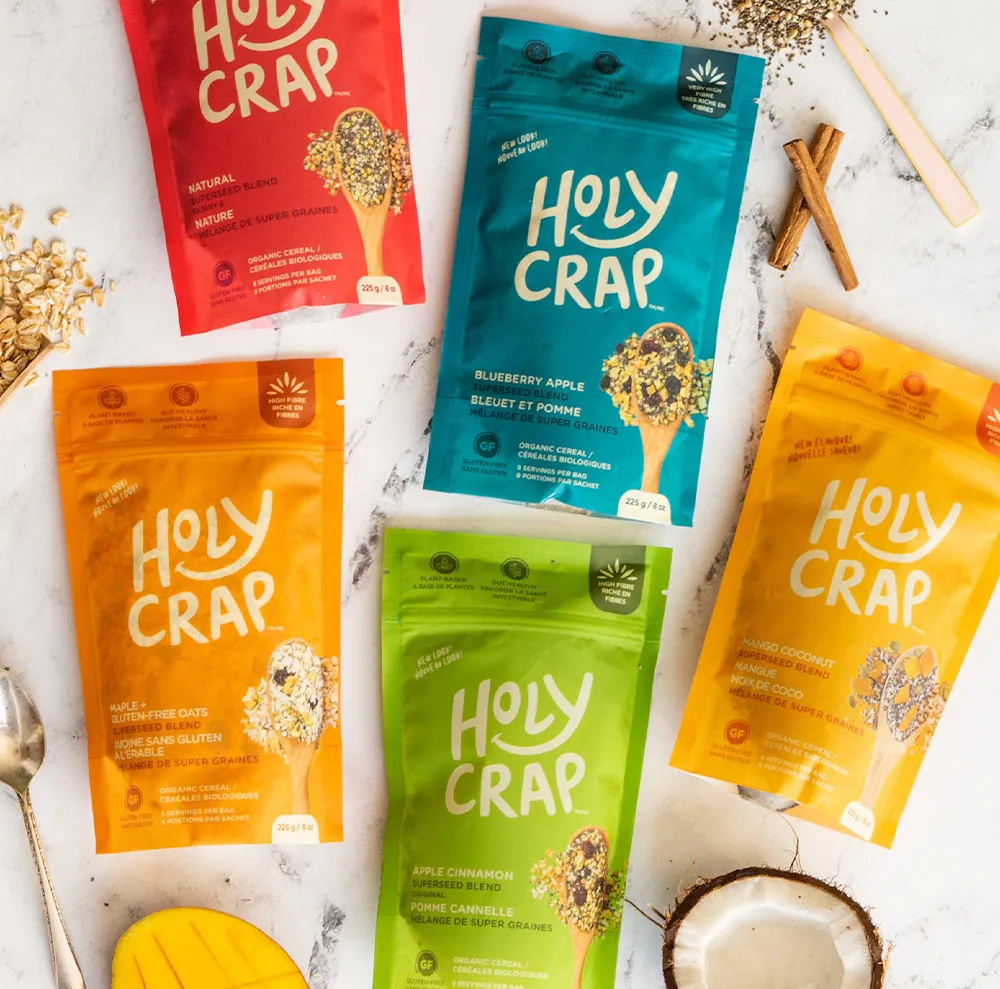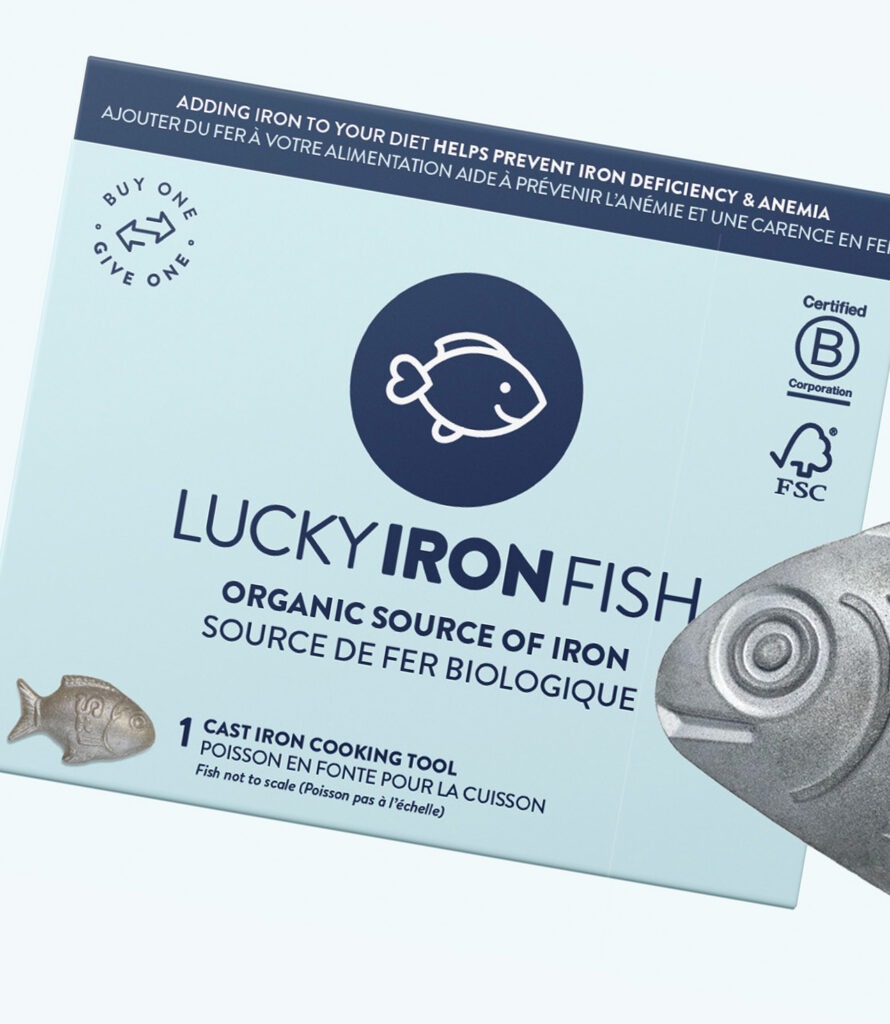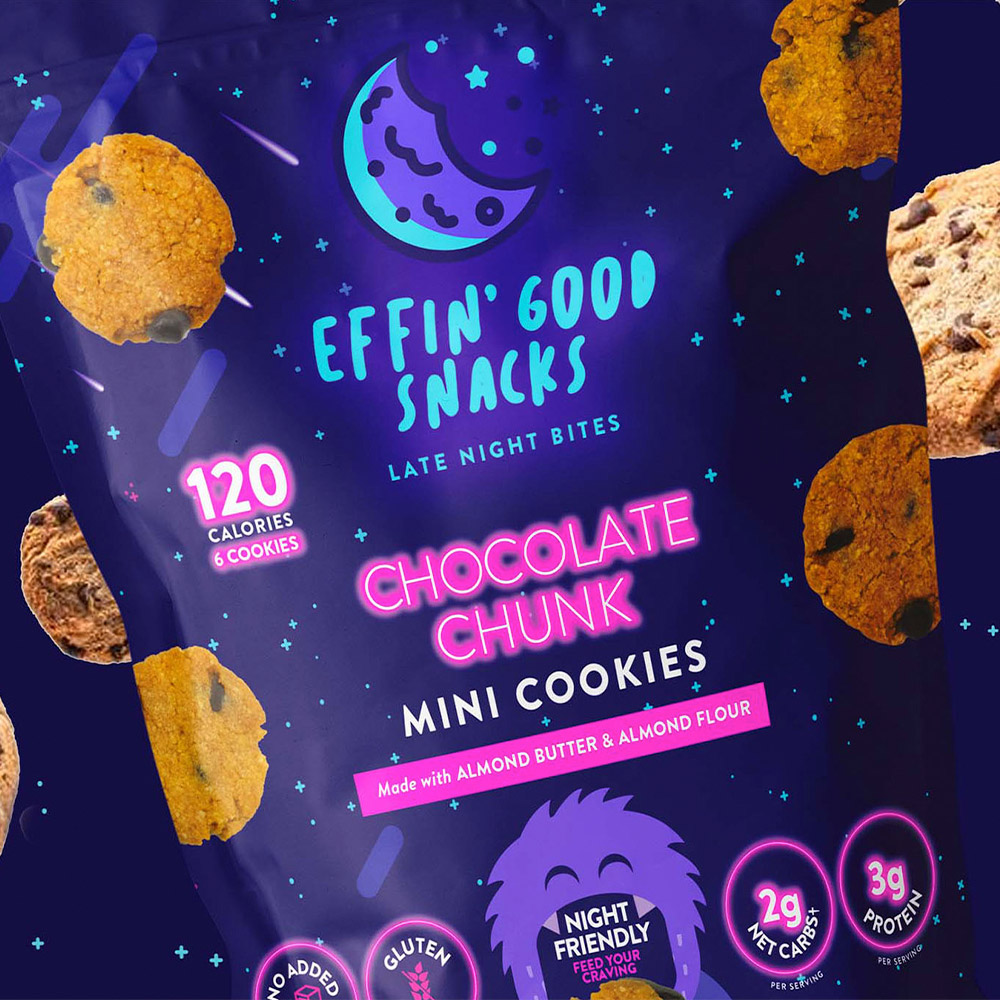Advertising
Paid communications aimed at persuading an audience to buy a product, use a service, change a behaviour, or adopt a viewpoint.
Affiliate Marketing
A type of marketing in which a business rewards an affiliate for bringing customers to it.
Agile Creativity
A tool developed by Google to help marketing teams work faster and more collaboratively.
Archetype
A standardized model of a personality or behaviour, often used in marketing, storytelling, psychology, and philosophy. Often used for Brand Archetypes.
Attitude Study
A survey of opinions about a brand, often used as a benchmark before and after making changes to the brand.
Audience
The group of people for which a product, service, message, or experience is designed.
Authenticity
The quality of being genuine, considered a powerful brand attribute.
Avatar
A digital alter ego; in branding, an icon designed to operate freely in a variety of
media. Often social media.
Awareness Study
A survey that measures an audience’s familiarity with a brand, often divided into
“aided” and “unaided” awareness.
Bandwagon Effect
In behavioural psychology, the observation that the more people do or believe something, the more others will be inclined to do or believe the same thing.
Banner Ad
On the web, a small, rectangular ad designed to attract users to a website.
Bottom-up Marketing
Customer-driven marketing, as opposed to top-down or management-driven marketing.
Brainstorm
A technique for generating, exploring, and evaluating ideas as a group.
Brand
Design that identifies a product or service and differentiates it from its competitors. Over time, this identity becomes a perception of a product, service, experience, or organization; a reputation. The brand is associated with a level of credibility, quality, and satisfaction in the consumer’s mind.
Brand Advocate
Anyone who promotes a brand through interactions with customers, prospects,
partners, or the media.
Branding Agency
A strategic firm that provides or manages a variety of brand-building services across a range of touchpoints
Brand Alignment
The practice of closely linking customer experience and brand strategy.
Brand Architect
A person experienced in building brands as strategic systems.
Brand Advocate
Anyone who promotes a brand through interactions with customers, prospects,
partners, or the media.
Brand Architecture
A hierarchy of related brands or brand names, often beginning with a master brand and describing its relationship to sub-brands and co-brands.
Brand Asset
Any aspect of a brand that has strategic value, including brand associations, brand attributes, brand awareness or brand loyalty.
Brand Attribute
A distinctive feature of a product, service or company brand.
Brand Audit
A formal assessment of a brand’s strengths and weaknesses across its touchpoints.
Brand Narrative
A concise, streamlined story that acts as the platform for an organization’s communications and creative.
Brand Book
A publication or online resource that outlines the strategy, key messages, and style guidelines for a brand.
Brand Campaign
A coordinated effort to increase brand awareness, brand equity or brand loyalty.
Brand Compass
A shared understanding of a company’s purpose, value proposition, personality, and messaging that allows brand builders to collaborate with autonomy.
Brand Awareness
A measurement of how well a product, service, or company is recognized by its
audience.
Brand Ecosystem
The network of people who contribute to building a brand, including internal
departments, external firms, industry partners, customers, users, and the media.
Brand Equity
The accumulated value of a company’s brand assets, both financially and strategically; the overall strength of a brand.
Brand Experience
All the interactions people have with a product, service, or organization.
Brand Family
A series of related brands owned by the same company
Brand Gap
A disconnect between business strategy and brand experience.
Brand Identity
The outward expression of a brand, including its trademark, name, communications, and visual appearance.
Branding
Any effort or program designed to increase value or avoid commoditization by building a differentiated brand.
Brand Loyalty
The strength of preference for a brand compared to competing brands, sometimes measured in repeat purchases.
Brand Promise
A stated or implied guarantee that creates customer expectations and employee responsibilities.
Brand Recall
A measurement of how strongly a brand name is connected with a category in the
minds of an audience.
Brand Recognition
A measurement of how familiar a brand name is to an audience.
Brand Stewardship
A person responsible for protecting and developing a brand
Brand Standards Manual
A document that articulates the parameters of a brand for members of the brand
community; a standardized set of brand-building tools.
Brand Name
The verbal or written component of a brand icon; the name of a product, service, or organization.
Brand Personality
The character of a brand as defined in anthropomorphic terms.
Brand Police
A manager or team responsible for strict compliance with the guidelines in a brand manual.
Brand Strategy
A plan for the systematic development of a brand in alignment with a business
strategy.
Brand Position
Positioning is what differentiates a brand in the customer’s mind. To win the positioning game answer this simple question: What’s your Zest Factor?
Brand Promise
A strong brand promise is the value or experience customers can expect to receive every single time they interact with a brand.
Brand Voice
A brand’s personality; the unique way it is expressed to the world.
Brand Strategy
A plan for the systematic development of a brand in alignment with a business
strategy.
Dieline
Like a blueprint, a template required to ensure the correct layout of a final physical package.
Diecut
The process of using a die to cut through materials, such as paper to create custom shapes and designs.
Four Colour Process
Full-colour printing that uses four constituent colours: Cyan, Yellow, Magenta, and Black.
Font
A full set of characters in a specific typeface. A font family includes the design in various weights, such as bold or italic, and is more comprehensive and complicated to design than a typeface.
Gradient
A gradual transition of colours used to add depth, colour the object, or render a shiny look to a design element.
JPG
JPEG images are an image type that don’t support transparent backgrounds.
Logo
A symbol, type, or design used by a brand to identify itself.
Mood Board
An arrangement of images, materials, and text intended to evoke or project a particular style or concept.
Pantone
Pantone Matching System or PMS; a standardized colour matching system.
Proof
A printed sample of work to be checked for errors in the text, positioning, or quality of colour reproduction.
Portable document format is a file type often used to send print materials to a print shop. It is also useful for the web when there are multi-paged documents, reports, and forms.
PNG
Portable network graphics format used for lossless compression and displaying images on the web. The advantage of .png is that it supports images with millions of colours and produces a transparent background.
SKU
“Stock Keeping Unit” and is a number that retailers use to differentiate products and track inventory levels.
Strategic Platform
A document designed to compile all the elements that make up the DNA of your brand, both visually and ideologically.
Typography
the art or procedure of arranging type or processing data and printing from it.
Visual Identity
A corporate identity or corporate image is the visual representation a brand presents to the public.
Wordmark
A trademark represented by a distinctive typeface or lettering style; like a logo
Zest
Zesty means being lively, enthusiastic
and spirited.
Zest Factor™
The heartbeat of your company—the thing that sets you apart from the rest, and highlights the heart and soul of your brand.
Zesty Maps™
Navigating the brandscape as we map the areas needed for greater visibility and brand recall. Zesty Maps™ explore things such as colour, logo, photography, typeface, imagery, substrate, language, and other key elements. Using these maps, we can bring concepts to life with confidence that they will achieve juicy market results.
